Lost in space? Generalising subtree prune and regraft to spaces of phylogenetic networks
(2017)
Journal Article
Bordewich, M., Linz, S., & Semple, C. (2017). Lost in space? Generalising subtree prune and regraft to spaces of phylogenetic networks. Journal of Theoretical Biology, 423, 1-12. https://doi.org/10.1016/j.jtbi.2017.03.032
Over the last fifteen years, phylogenetic networks have become a popular tool to analyse relationships between species whose past includes reticulation events such as hybridisation or horizontal gene transfer. However, the space of phylogenetic netwo... Read More about Lost in space? Generalising subtree prune and regraft to spaces of phylogenetic networks.
